Have you ever felt a jolt of nerves when reaching into your ball python’s enclosure? That tiny flicker of fear is completely normal, even for experienced snake lovers. Ball pythons are known for their gentle nature, but the thought of a bite can be a surprising and emotional hurdle. The good news? With the right knowledge and approach, bites can be rare, and safe handling can become second nature. Let’s unravel the mystery behind ball python bites and empower you to build a trusting, safe relationship with your slithery companion.
Ball pythons are usually pretty chill, but even they can get a little snappy if they’re scared or stressed. Knowing how to handle them safely can make all the difference in avoiding a surprise bite. This guide breaks down what causes bites, how to read your snake’s body language, and tips for building trust. With a little patience and the right techniques, you’ll feel more confident handling your slithery buddy. It’s all about keeping both you and your pet calm, safe, and happy!
Why Do Ball Pythons Bite?
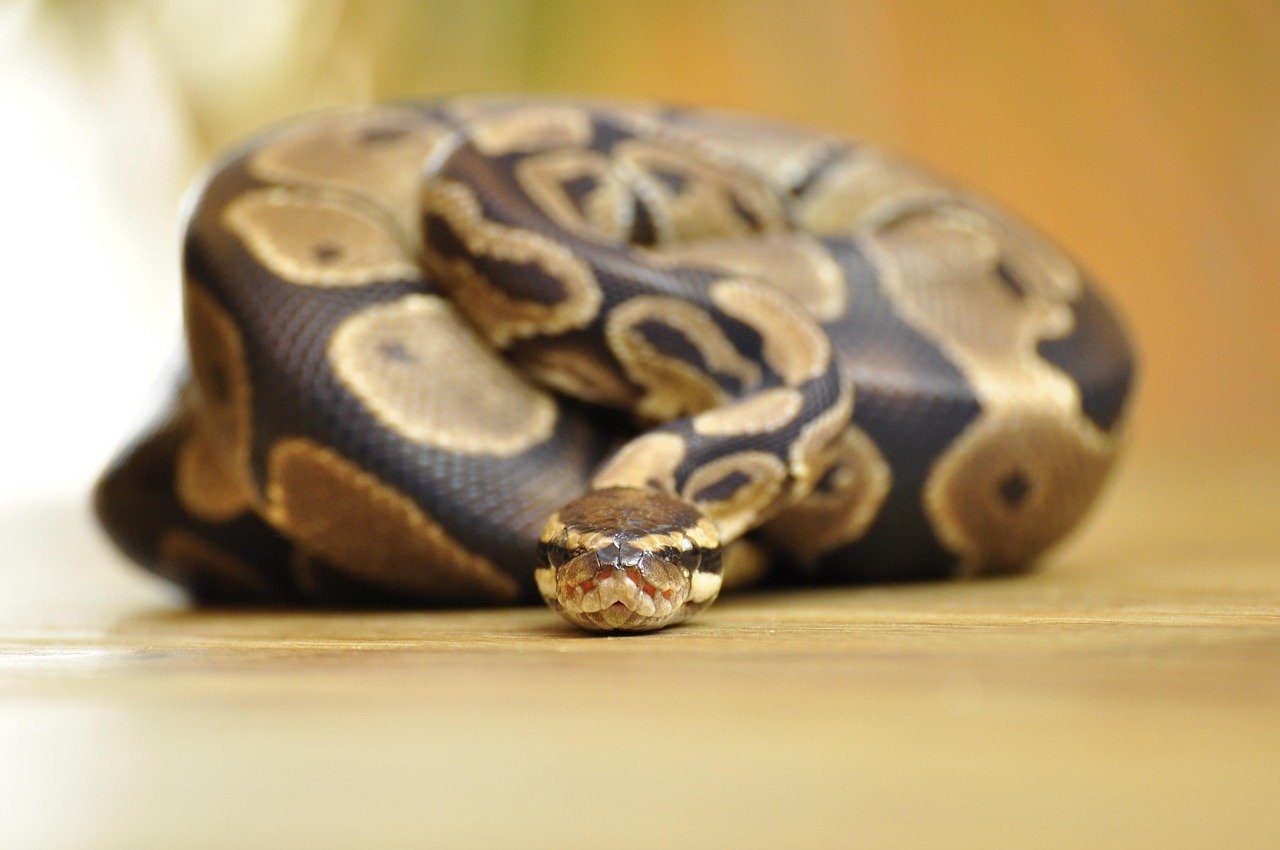
Ball pythons are not naturally aggressive. In fact, their first instinct is to hide or curl into a tight ball when threatened. However, like any animal, they can bite if they feel scared, cornered, or mistake your hand for food. Young ball pythons may be more prone to nipping out of nervousness, while adults tend to be more reserved. Fast movements, unfamiliar scents, or sudden changes in their environment can startle them, leading to defensive bites. Understanding these triggers is the first step toward preventing accidents and gaining your pet’s trust.
Recognizing the Warning Signs
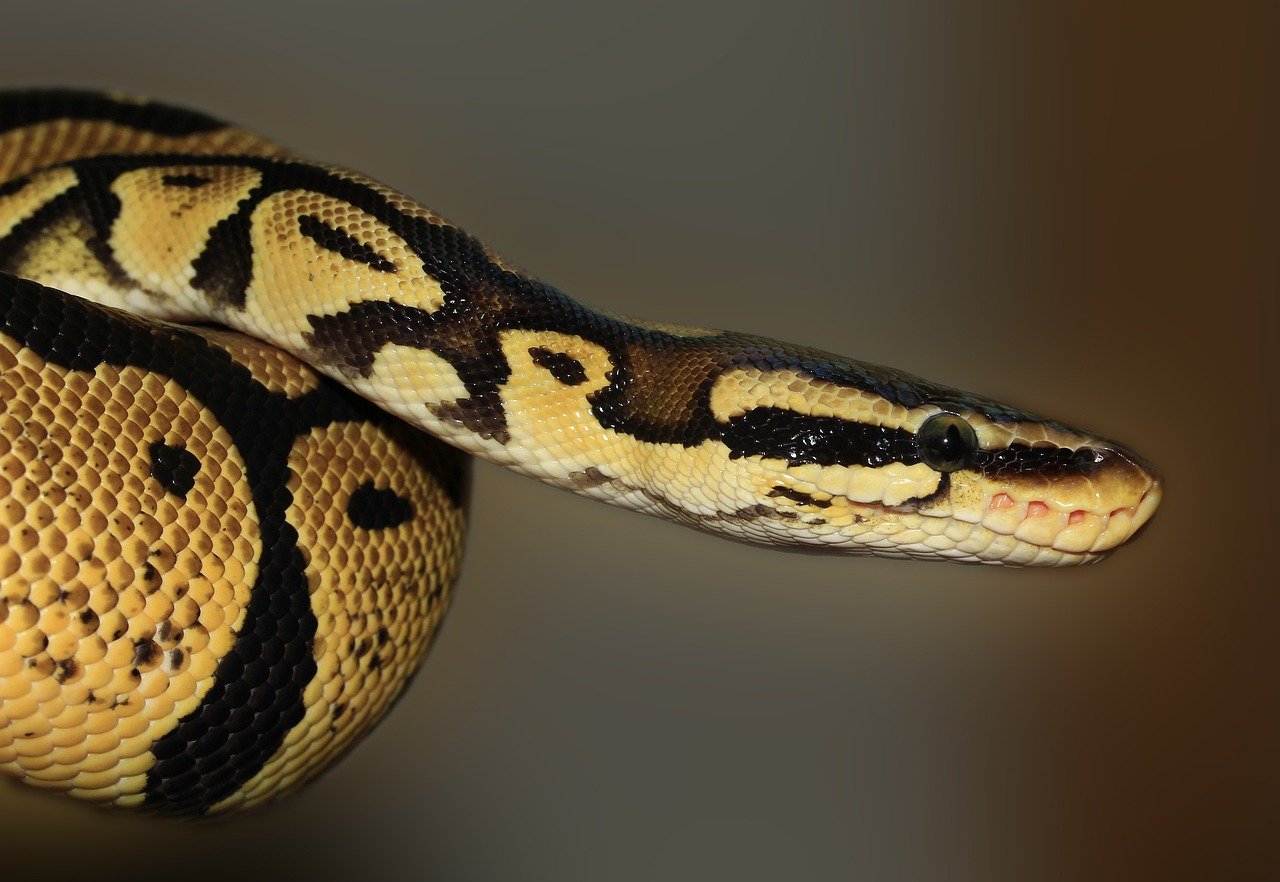
Before a ball python bites, it usually gives off clear warning signs—if you know what to look for. Watch for intense tongue flicking, rigid body posture, hissing, or a tightly coiled stance with an elevated head. These behaviors signal that your python is feeling on edge or threatened. Sometimes, they may repeatedly strike without actually biting, which is a way of telling you to back off. Respecting these signals shows your snake that you understand its boundaries, building a foundation of trust and respect.
Are Ball Python Bites Dangerous?
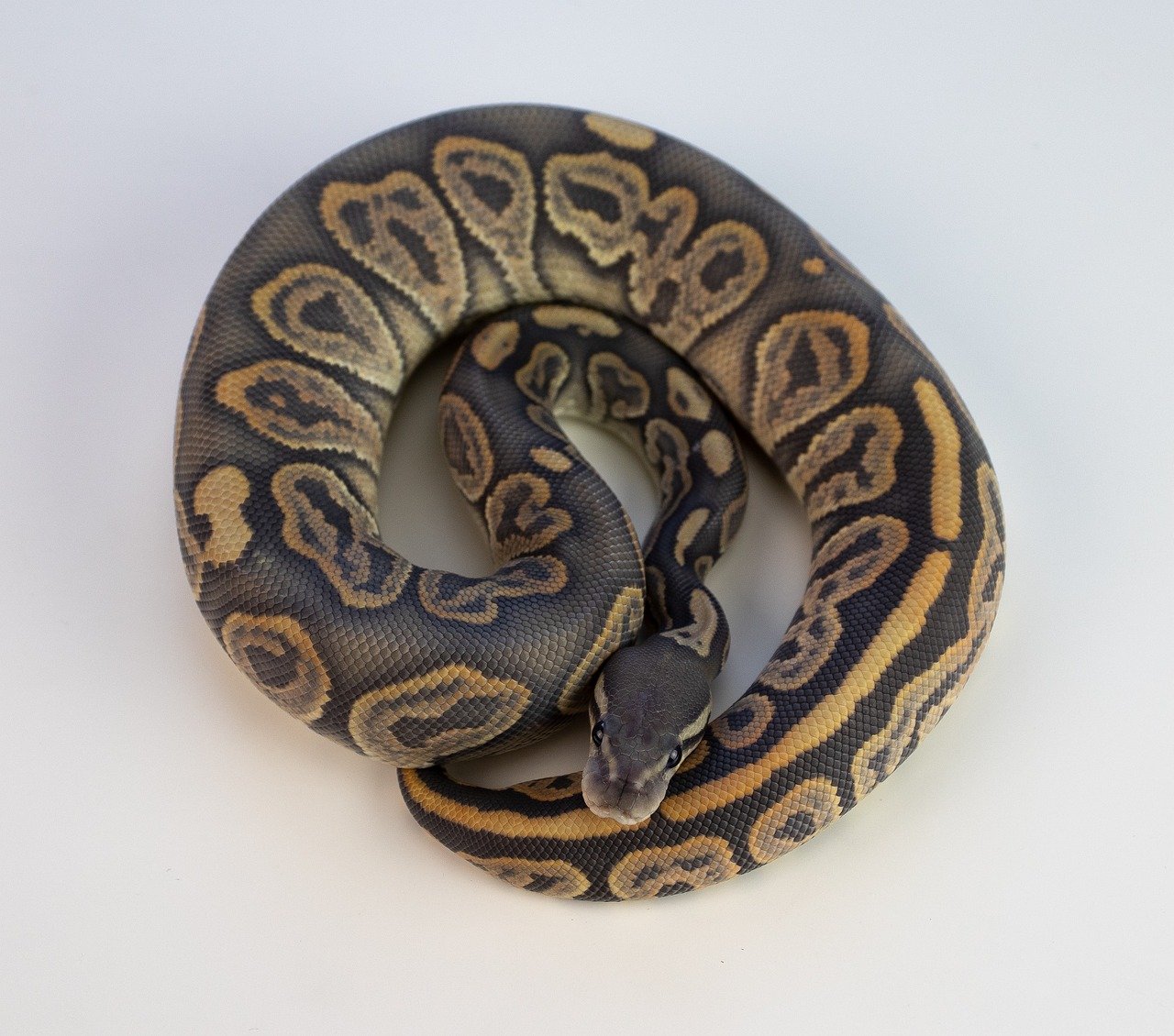
The thought of a snake bite can be alarming, but ball python bites are rarely dangerous to humans. Their teeth are small and meant for gripping prey, not inflicting harm. Most bites result in minor scratches or punctures, similar to a cat scratch. There is little risk of venom or serious injury, but the experience can be startling, especially for new owners. The real danger comes from improper wound care or a sudden reaction that might injure the snake. Staying calm and knowing what to expect helps protect both you and your pet.
What To Do If Your Ball Python Bites
If your ball python does bite you, try not to panic. Sudden movements can cause the snake to clamp down harder or injure itself. Instead, gently support its body and wait for it to release its grip—most will let go within seconds. Do not pull the snake off, as this can damage its delicate teeth or jaws. Once free, clean the bite with mild soap and water to prevent infection. Applying an antiseptic and a bandage is usually enough. It’s rare to need medical attention, but if swelling, redness, or pain persists, consult a doctor.
Preventing Bites: Building Trust with Your Snake
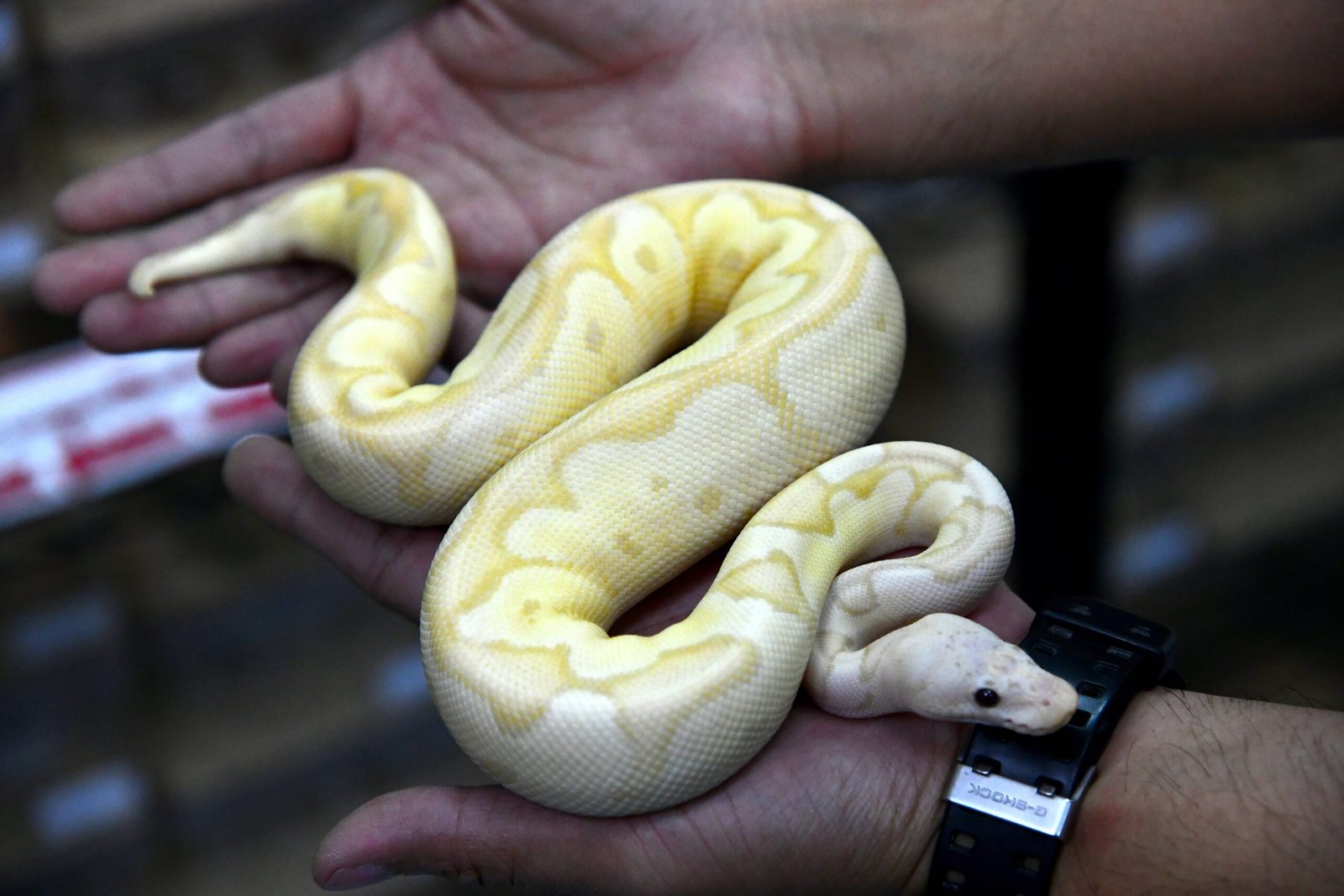
The key to a bite-free relationship is trust and routine. Handle your ball python regularly but gently, starting with short sessions and increasing as your snake becomes more comfortable. Always wash your hands before handling to remove any food scent that might confuse your pet. Move slowly and confidently—snakes are extremely sensitive to vibrations and sudden movements. Over time, your python will recognize your scent and presence as safe, reducing the likelihood of defensive behavior.
Best Practices for Safe Handling
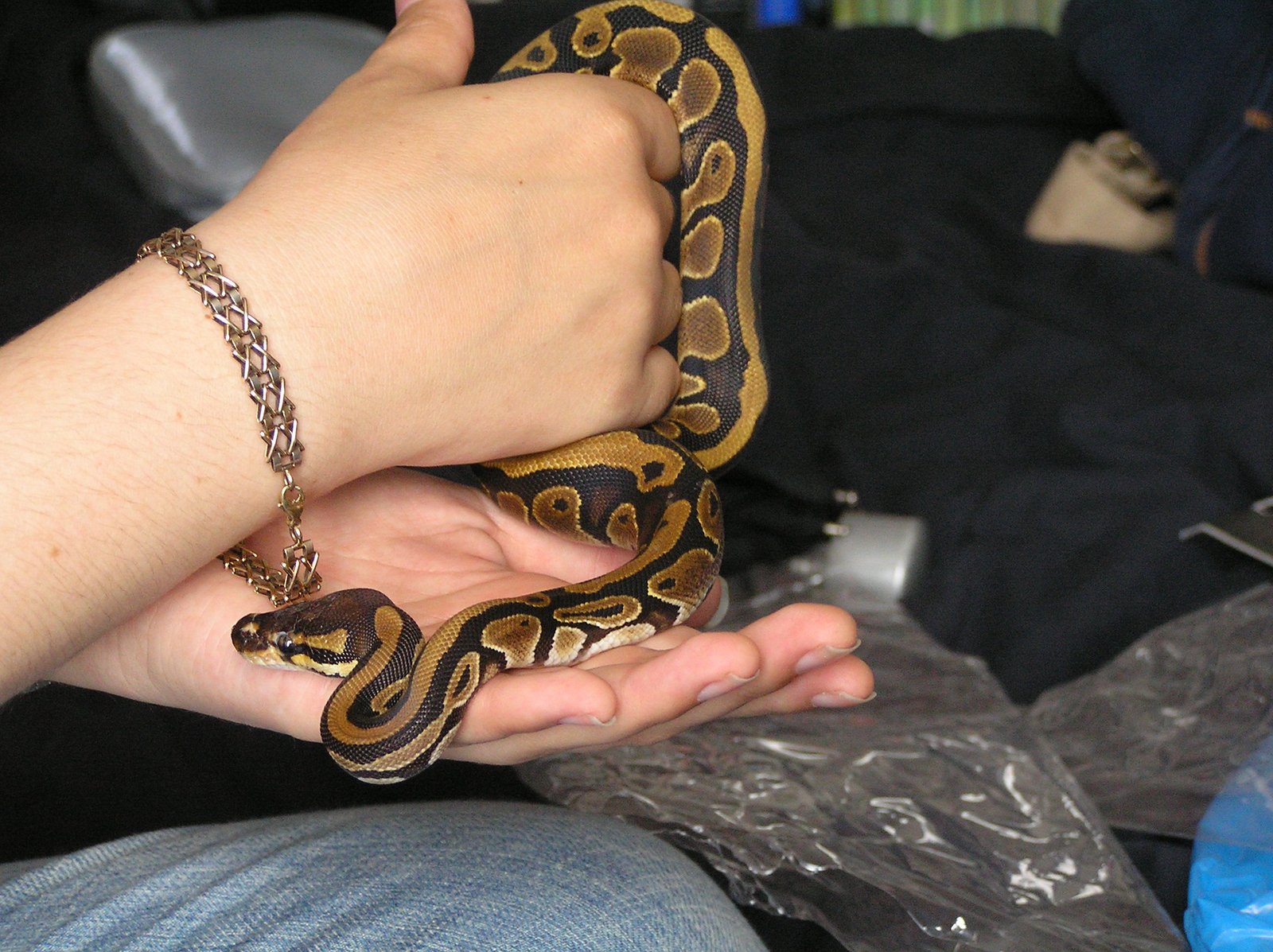
Safe handling is all about preparation and patience. Before reaching into the enclosure, make sure your snake is awake and aware of your presence. Avoid handling right after feeding or during shedding, as snakes can be more irritable during these times. Support your python’s body fully, using both hands if needed, and avoid gripping too tightly. If your snake seems stressed, give it space and try again later. Remember, every interaction is a learning experience for both you and your snake.
When Not to Handle Your Ball Python
There are certain times when handling should be avoided to ensure both your safety and your snake’s well-being. After feeding, ball pythons need time to digest, and handling can cause regurgitation or stress. During shedding, their vision is impaired, making them more likely to feel threatened. If your snake is new to your home, give it a week or more to settle before attempting handling. Finally, if your python shows signs of illness or injury, consult a reptile veterinarian before handling.
Handling Nervous or Young Ball Pythons
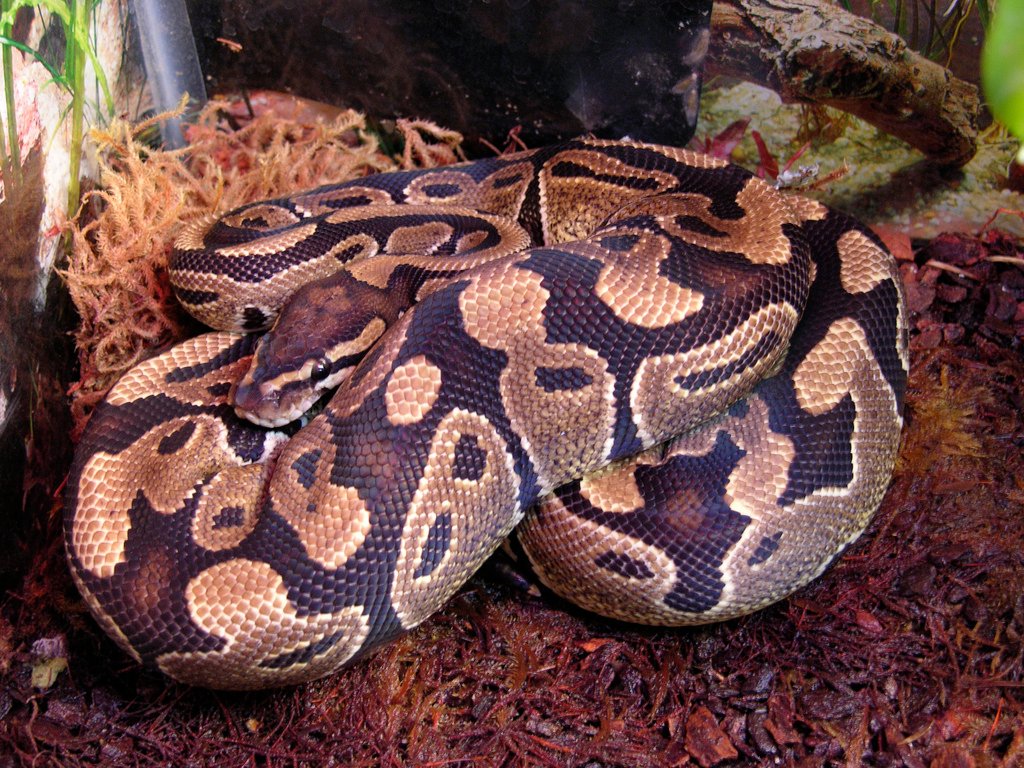
Young or newly acquired ball pythons can be especially jumpy. They are still learning about the world and may see your hand as a potential threat. Start by letting your snake get used to your scent—place your hand in the enclosure without touching, letting it approach at its own pace. Gradually progress to gentle, supportive handling for short periods. Consistency is crucial; over time, even the shyest python can learn to trust you, turning those nervous moments into calm bonding experiences.
Tips for Children and New Snake Owners
For families or first-time snake owners, teaching safe handling from the start is essential. Supervise children closely, showing them how to move slowly and support the snake’s body. Explain the importance of reading your python’s body language and respecting its signals. Encourage gentle touches and short interactions until both the handler and the snake are comfortable. Creating positive experiences early on sets the stage for a lifetime of safe, enjoyable companionship.
How to Rebuild Trust After a Bite
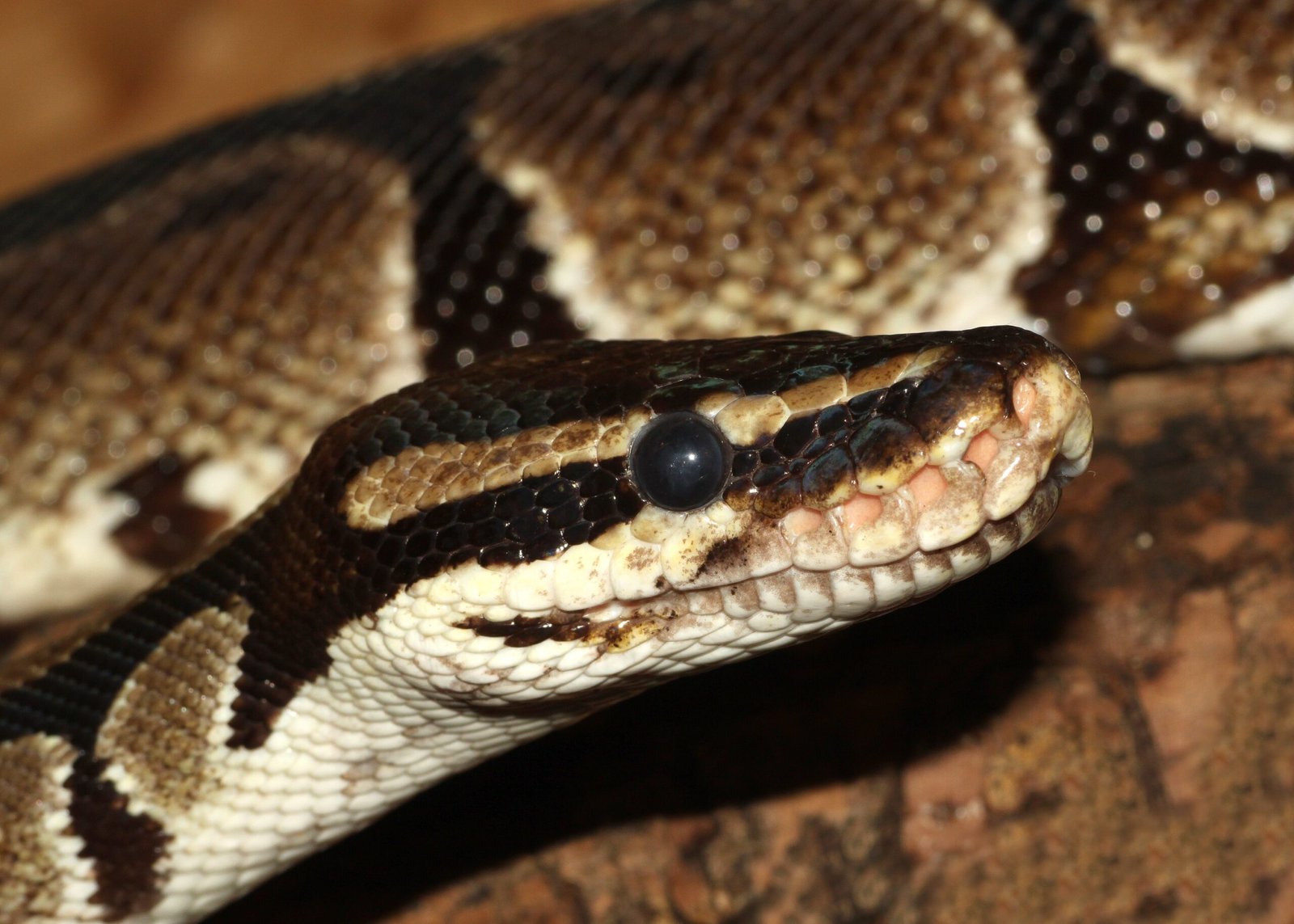
A bite can shake your confidence, but it doesn’t mean your bond with your python is broken. Take a step back and review what happened—were there warning signs you missed? Was your snake stressed or startled? Give your pet some time to calm down before trying to handle it again. Reintroduce handling slowly, rewarding calm behavior and avoiding situations that led to the bite. With patience and understanding, you and your ball python can move forward together, stronger than before.
Handling your ball python doesn’t have to be nerve-wracking—especially when you understand their behavior and know what to watch for. With a gentle touch and a bit of patience, you’ll build trust and avoid most bite situations. Remember, your snake isn’t out to get you—they just need to feel safe. Keep things calm, consistent, and respectful, and you’ll both enjoy the bond that grows over time.





